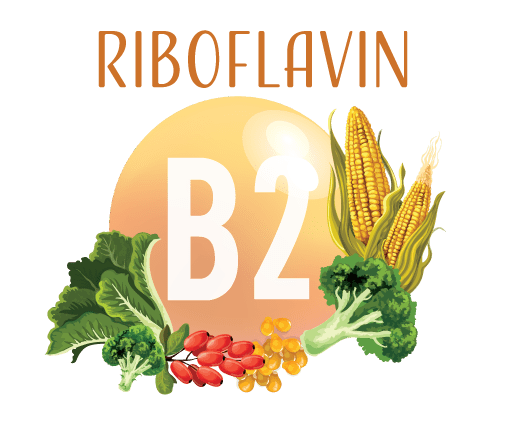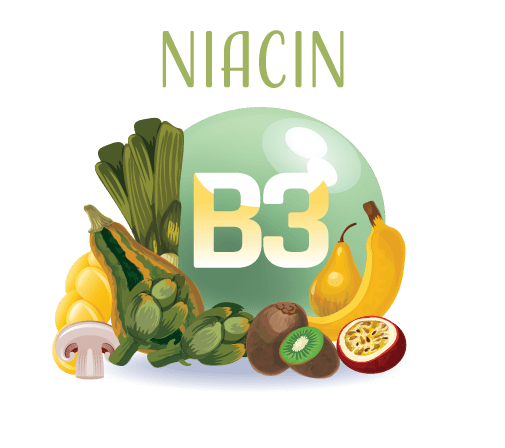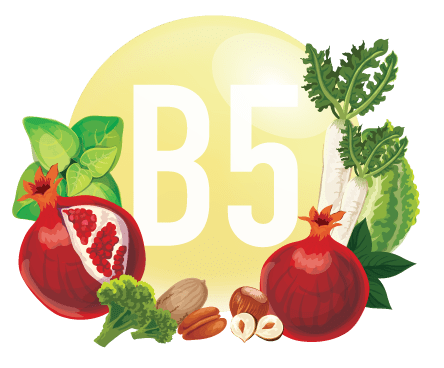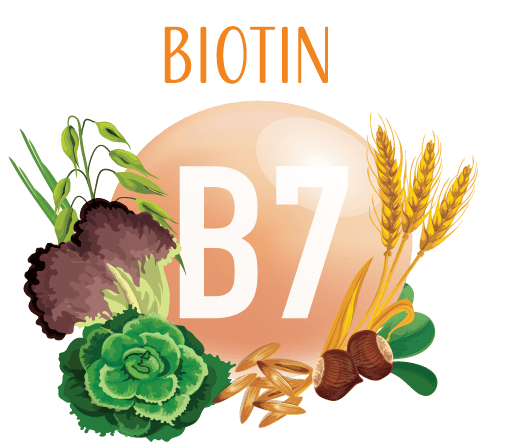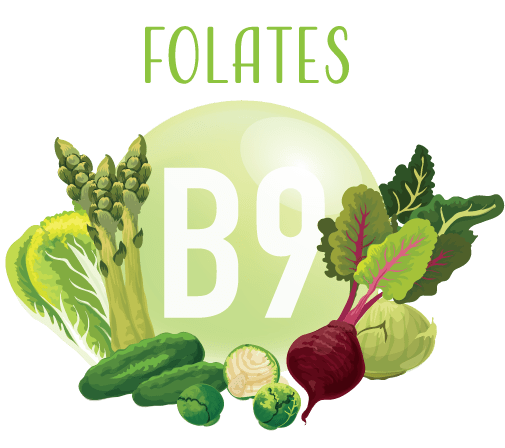UNDERSTANDING DIVERTICULOSIS: SYMPTOMS, CAUSES, AND TREATMENT OPTIONS
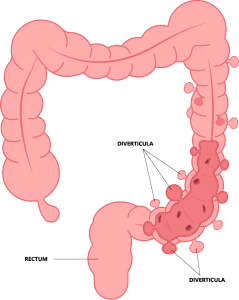
Diverticulosis is a condition that affects the colon. It occurs when small pouches or sacs, called diverticula, develop in the intestinal walls. Although most people with diverticulosis experience no symptoms, in some cases, the condition can lead to diverticulitis, which can cause abdominal pain, cramping, and fever. Understanding the risk factors and how to manage this condition is essential in maintaining good colon health.
To manage diverticulosis, a high fiber diet with plenty of fruits, vegetables, and whole grains is recommendeddiverticulosis. This helps to keep the stool soft, reducing the risk of irritation and inflammation. Additionally, drinking plenty of water and avoiding alcohol and
caffeine can also help reduce symptoms. For those with severe symptoms, medication or surgery may be necessary.

It’s important to note that while diverticulosis can be managed, it cannot be cured, so lifelong management is essential. Talk to your doctor about how to manage your symptoms and maintain good colon health. By adopting a healthy lifestyle and managing the condition effectively, those with diverticulosis can lead a normal, healthy life.
DIVERTICULOSIS HIGH FIBER DIET
A high fiber diet consists of whole grain products, fruits, vegetables, and legumes. These foods help to promote bowel regularity and prevent constipation, which can worsen the symptoms of diverticulosis. Additionally, fiber helps to absorb water in the colon, making stool softer and more comfortable to pass.
It is recommended that adults consume at least 25 grams of fiber per day. Some high fiber foods to add to your diet include oats, brown rice, apples, berries, broccoli, lentils, and chickpeas. It is important to gradually introduce more fiber into your diet to prevent bloating or discomfort.

BEANS AND LEGUMES
- Beans
- Peas
- Chickpeas
- Soy Beans

WHOLE GRAINS
- Oats
- Bran
- Quinoa
- Bulgar
- Barley

FRUIT
- Apples
- Bananas
- Peaches
- Pears
- Avocados
- Seedless Melons

NUTS AND SEEDS
- Almonds
- Chia Seed
- Sesame Seeds
- Flax Seed
- Walnuts
Preparing Vegetables
Consider roasting, baking, or sautéing them with your favorite herbs and spices for a healthy and flavorful meal. Remember to consume these vegetables in moderation and adjust your diet according to your individual needs. Always consult with your doctor.

LEAFY GREENS
- Spinach
- Kale
- Arugala
- Swiss chard

ROOT VEGITABLES
- Carrots
- Sweet potatoes
- Turnips
- Beets

ORGANIC SQUASH
- Yellow Squash
- Zuccini
- Butternut Squash
- Spaghetti Squash
- Acorn Squash
- Delicata
- Hubbard Squash

HERBS
- Alfalfa
- Borage Leaves
- Cayenne Peppers
- Hops
- Paprika
- Kelp
- Lemon Grass
- Sage
- Parsley
Preparing Meats
For a diverticulosis friendly red meat dish, choose lean cuts like sirloin, cook using moist methods, season with herbs and spices, avoid marinades with seeds or nuts, and serve with cooked veggies and whole grains. Doing so will ensure a tasty and nutritious meal that won’t aggravate symptoms.
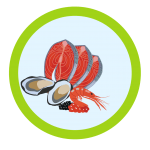
FISH AND SEAFOOD
- Salmon
- Trout
- Tuna
- Halibut
- Cod
- Shrimp
- Crab
- Lobster

GRASS FED RED MEAT
- Beef Tenderloin
- Ribeye
- Sirloin
- Filet Mignon
- Top Round Beef
- Bottom Round Beef
- Bison
- Venison
- Lamb Chop
- Leg Of Lamb

ORGANIC WHITE MEAT
- Pork Tenderloin
- Ground Turkey
- Ground Pork
- Chicken Thighs
- Chicken Breast

FREE RANGE EGGS
- Eggs
Understanding Diverticulitis: Symptoms, Causes, and Treatment Options
DIVERTICULITIS
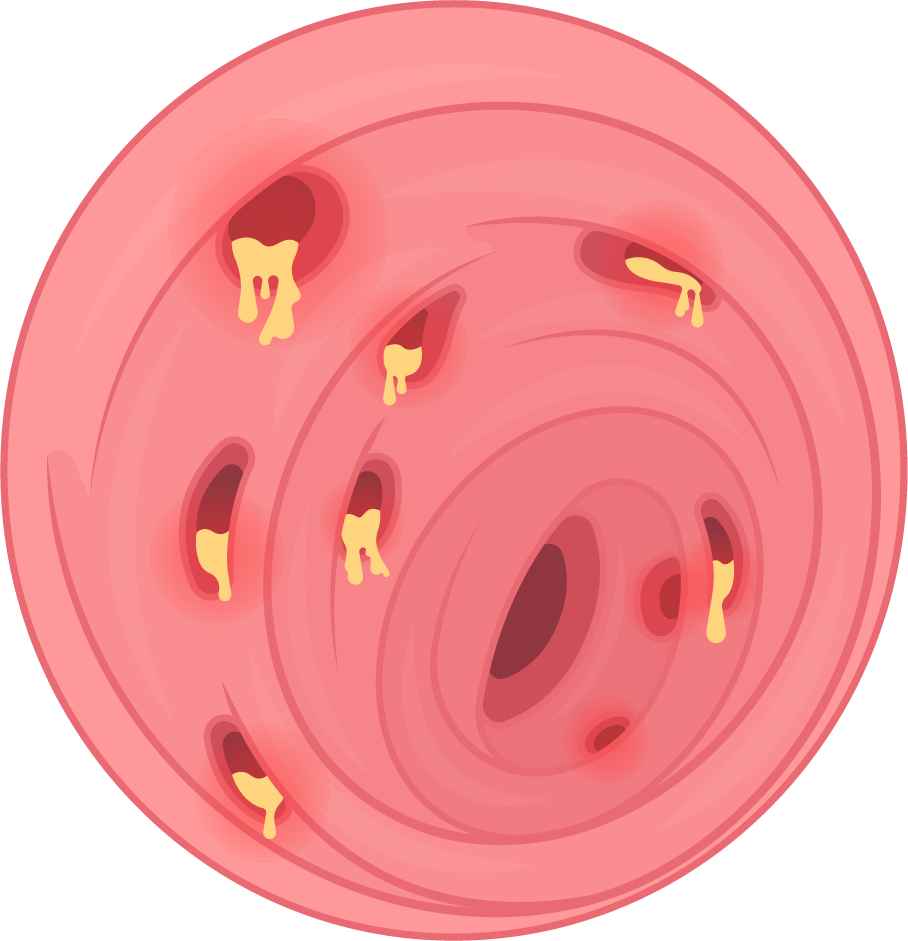
Diverticulitis is a disorder that occurs when pouches or diverticula form on the weak points of the colon’s walls. When these pouches get inflamed or infected, they can cause severe pain, fever, chills, and other symptoms. Prolonged constipation and a low-fiber diet are common causes of diverticulitis. Stress and smoking are also known to aggravate the condition. People may not experience symptoms or simply dismiss them as indigestion, making early detection challenging.
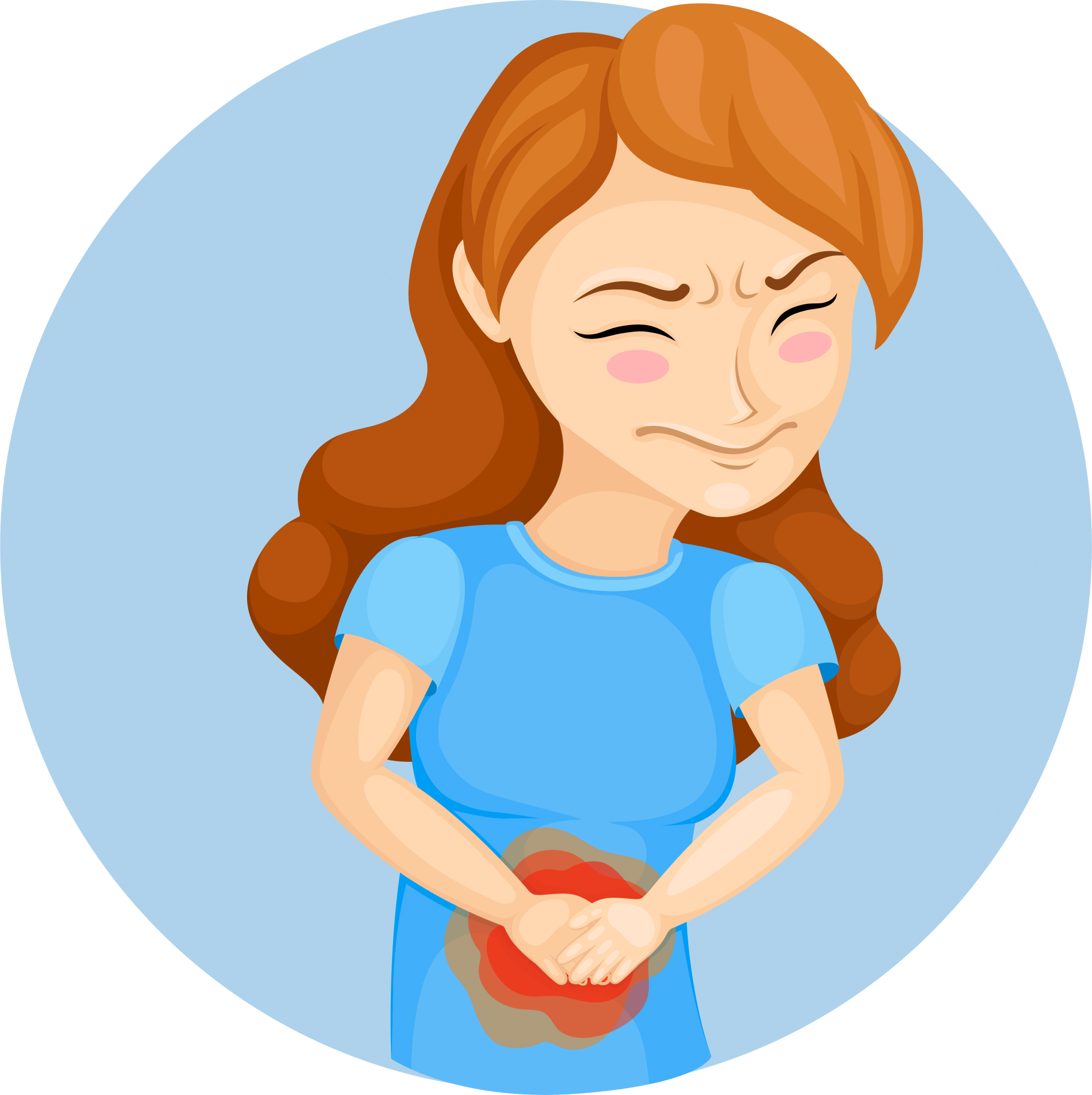
There are several diagnostic tests available to help detect diverticulitis, including barium enema, sigmoidoscopy, and colonoscopy. A healthy lifestyle that includes a high fiber diet, regular exercise, and stress-reducing activities can help lower the risk of developing diverticulitis. If diagnosed early, diverticulitis can be treated with antibiotics and other medications to alleviate symptoms and prevent complications. It is important to talk to a physician if you experience any symptoms associated with diverticulitis.
Symptoms
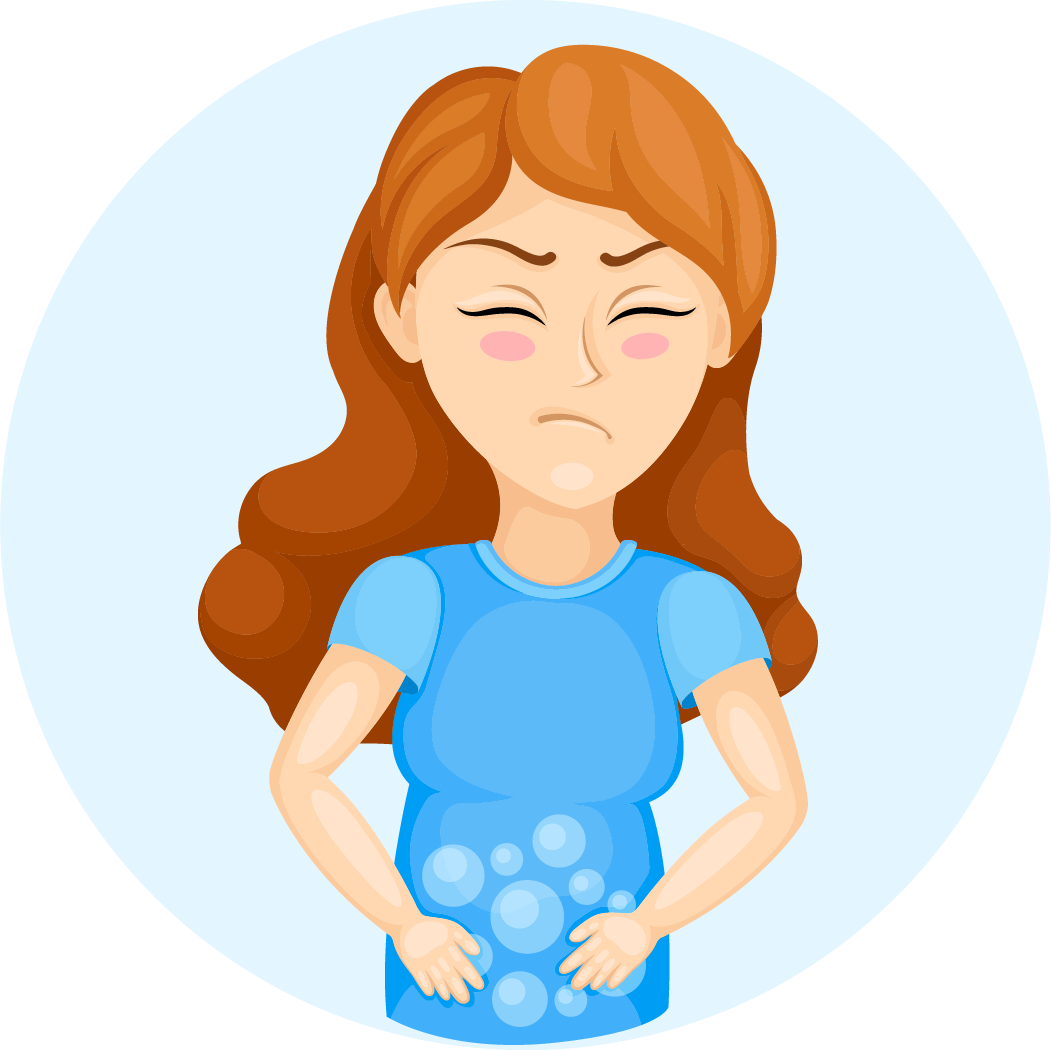
BLOATING

VOMITING

FEVER

CONSTIPATION OR, LESS COMMON, DIARRHEA

BLOOD IN YOUR STOOL
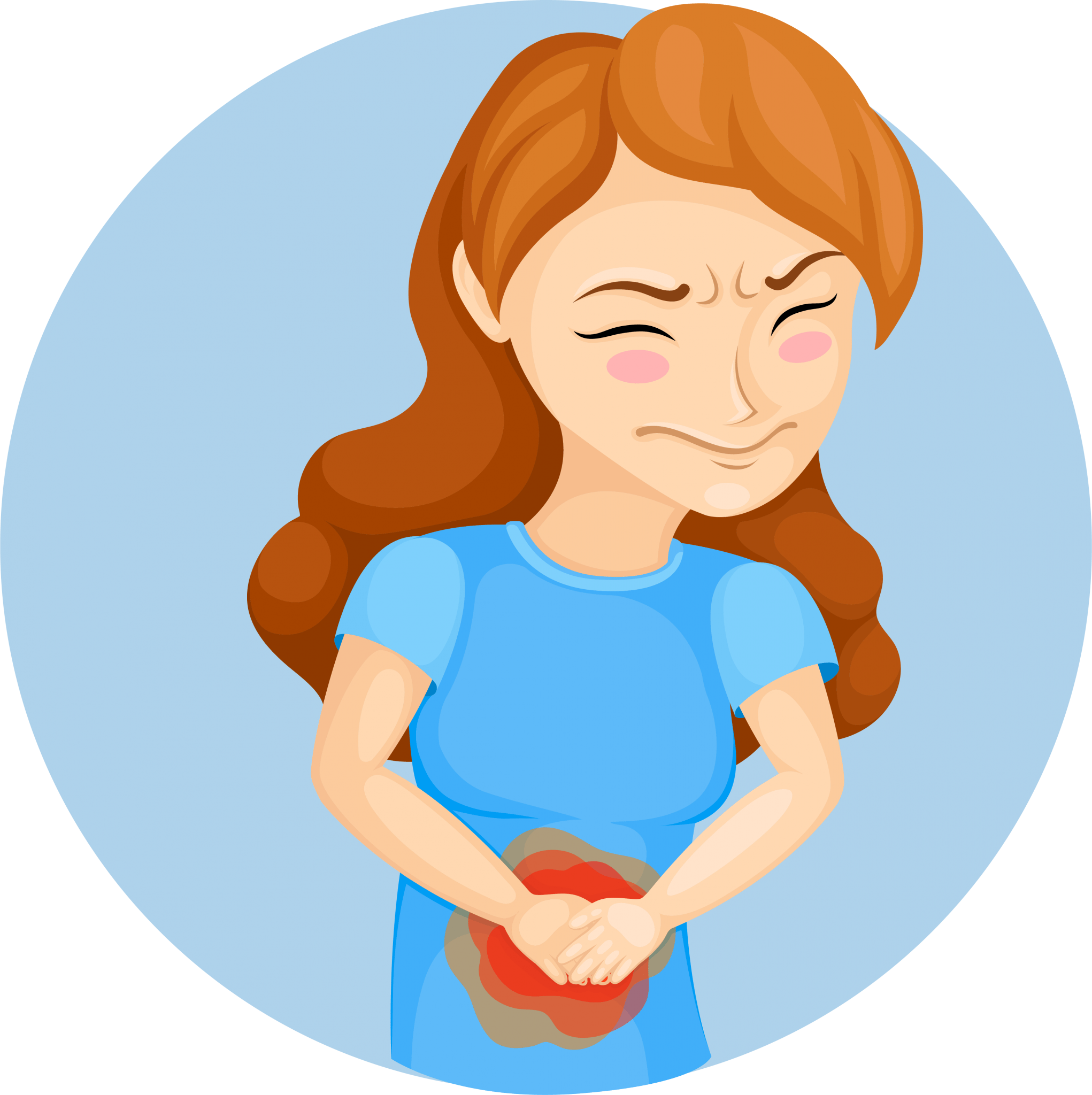
ABDOMINAL PAIN
PREPARING DIVERTICULITIS FRIENDLY MEATS
When it comes to preparing meat, it is important to avoid high fat cuts and instead opt for lean meats like chicken, turkey, and fish. To prepare these meats, baking, broiling, or poaching them is recommended, as frying or grilling meat can increase the risk of diarrhea and inflammation. It is also advisable to use mild seasonings and avoid adding too much spice or salt to the meat, as this can irritate the intestines and worsen symptoms.
Fortunately, there are many ways to prepare meats that are diverticulitis friendly. Casseroles, stews, soups, meatloaves, and sandwiches are all great options that can be made with approved ingredients. Just be sure to avoid using high fiber ingredients like beans, lentils, and whole grains, and instead opt for low fiber vegetables and grains like cooked carrots, squash, and white rice.
Ultimately, preparing meat that is safe for those with diverticulitis is all about being mindful of the cooking method, seasonings, and ingredients used. By following these guidelines, individuals with diverticulitis can still enjoy delicious and nutritious meals without worsening their symptoms.
Did you know?
Diet plays a significant role in managing diverticulitis. Failure to address this can lead to severe complications. Acute episodes of diverticulitis can require hospitalization and antibiotics. Failing to manage your diet during recovery can lead to a prolonged recuperation periods.

CHRONIC DIVERTICULITIS
Chronic diverticulitis can occur when diverticula become repeatedly inflamed or infected. It can lead to more severe symptoms and complications, such as intestinal obstruction, abscess, or fistula.
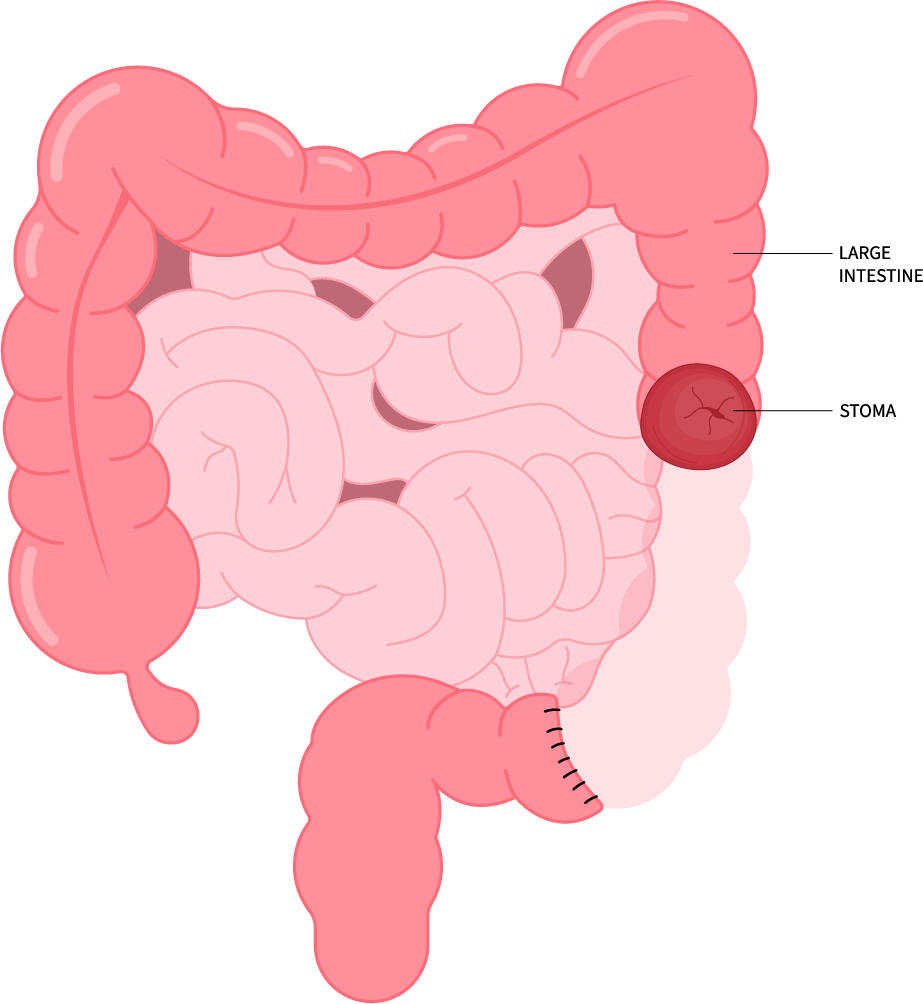
CHRONIC INFLAMATION
Chronic inflammation and repeated episodes of diverticulitis can increase the risk of developing colorectal cancer. Routine screening is crucial, especially with a family history or previous diverticulitis. Proactive measures against chronic inflammation & colorectal cancer safeguard longevity.

COLOSTOMY
Surgery can treat diverticulitis through partial colectomy or colostomy. It is effective and can improve your quality of life. Consult your doctor to discuss treatment options, including surgery. Together, you can assess the risks and benefits of surgery and decide on the best course of action.
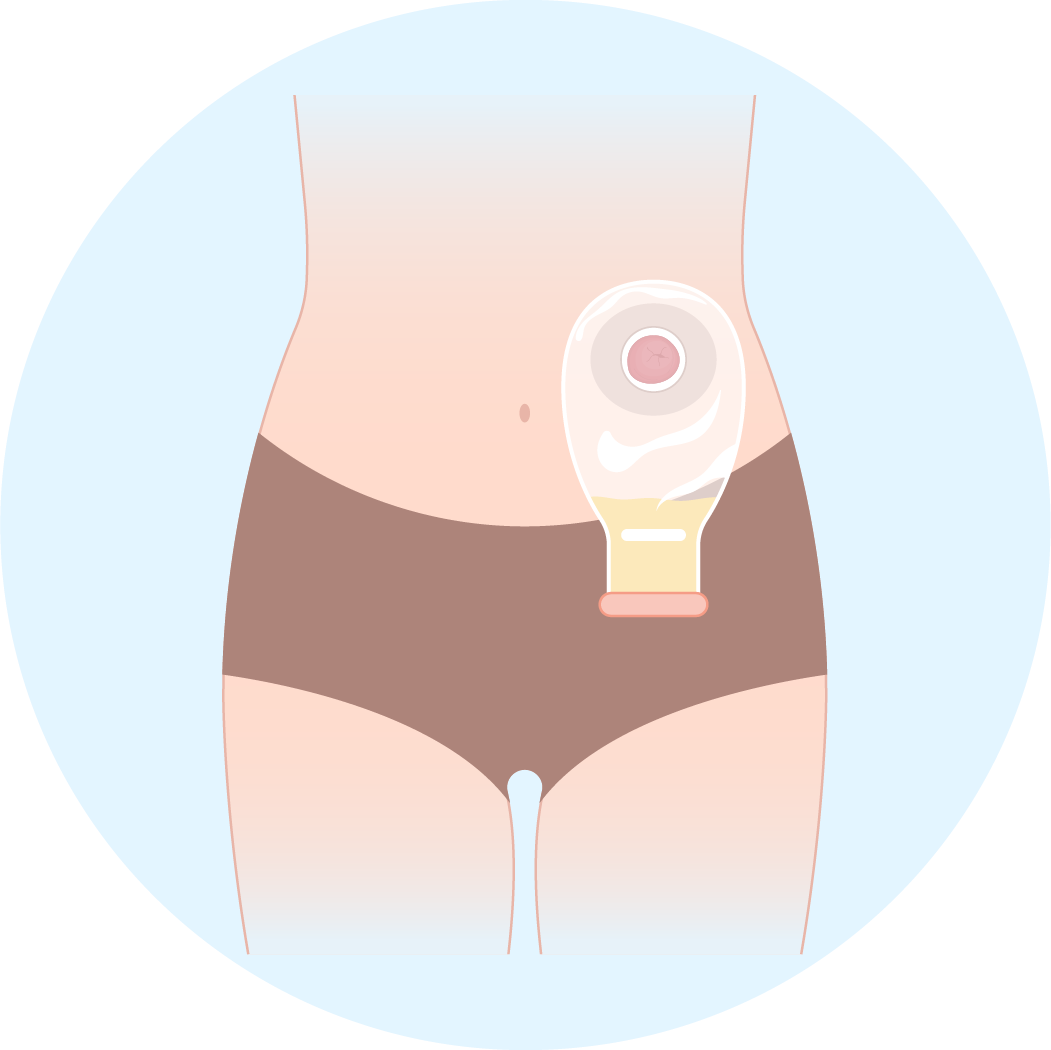
Life with a Colostomy Bag
Diverticulitis is a condition that affects the colon, leading to inflammation and sometimes infection. It can be a painful and debilitating condition that can require surgery to correct. In some cases, a colostomy bag may be necessary to manage the condition.
A colostomy bag is an external pouch that attaches to the abdomen and collects waste from the colon. It is used when the colon is unable to function properly due to disease or injury, and allows for the removal of waste products from the body.
Living with a colostomy bag can be a challenging experience, but with proper care and education it is possible to lead a full and active life. It is important to learn how to manage the colostomy bag, including how to change the bag and care for the skin around the stoma.



